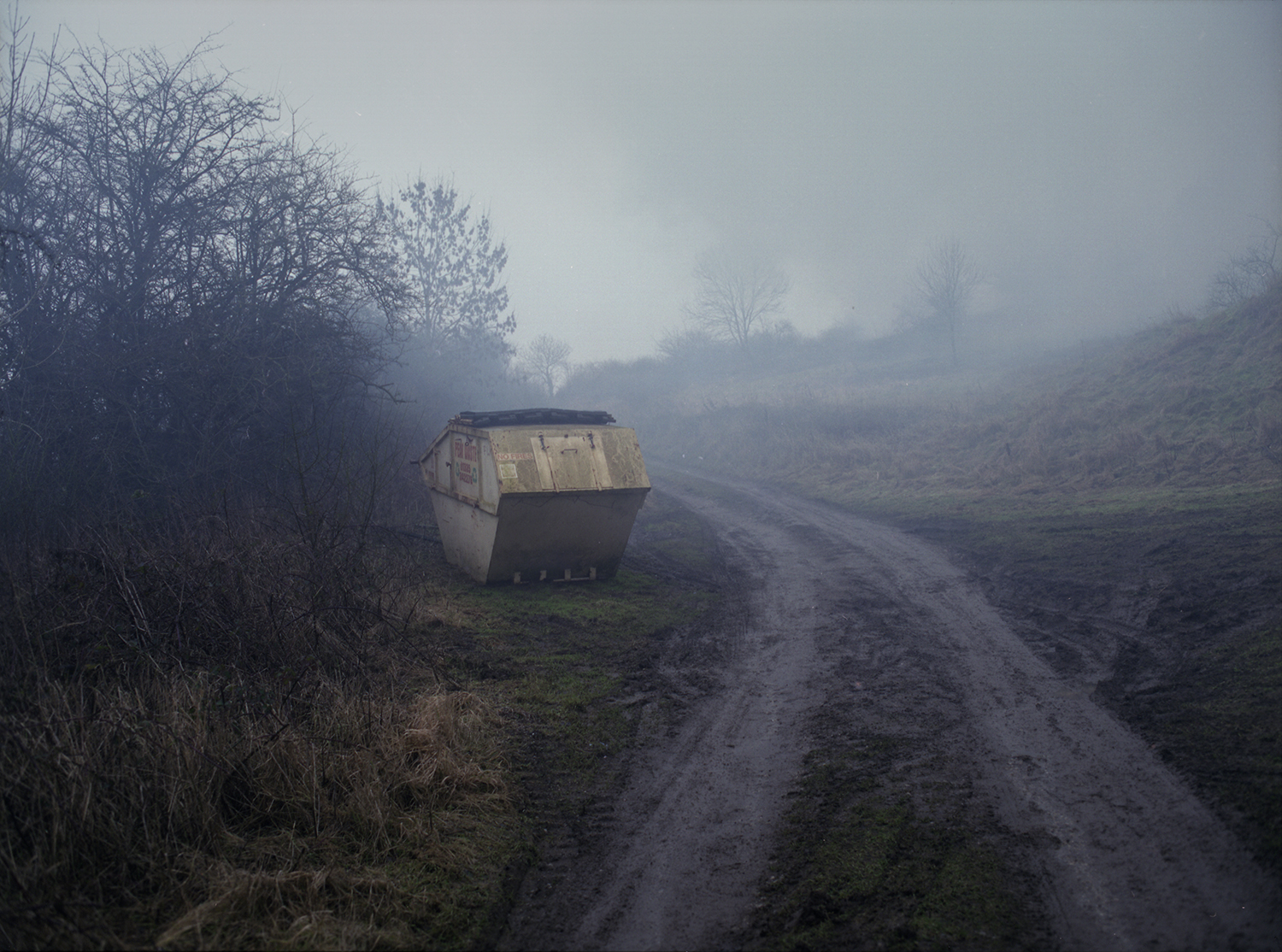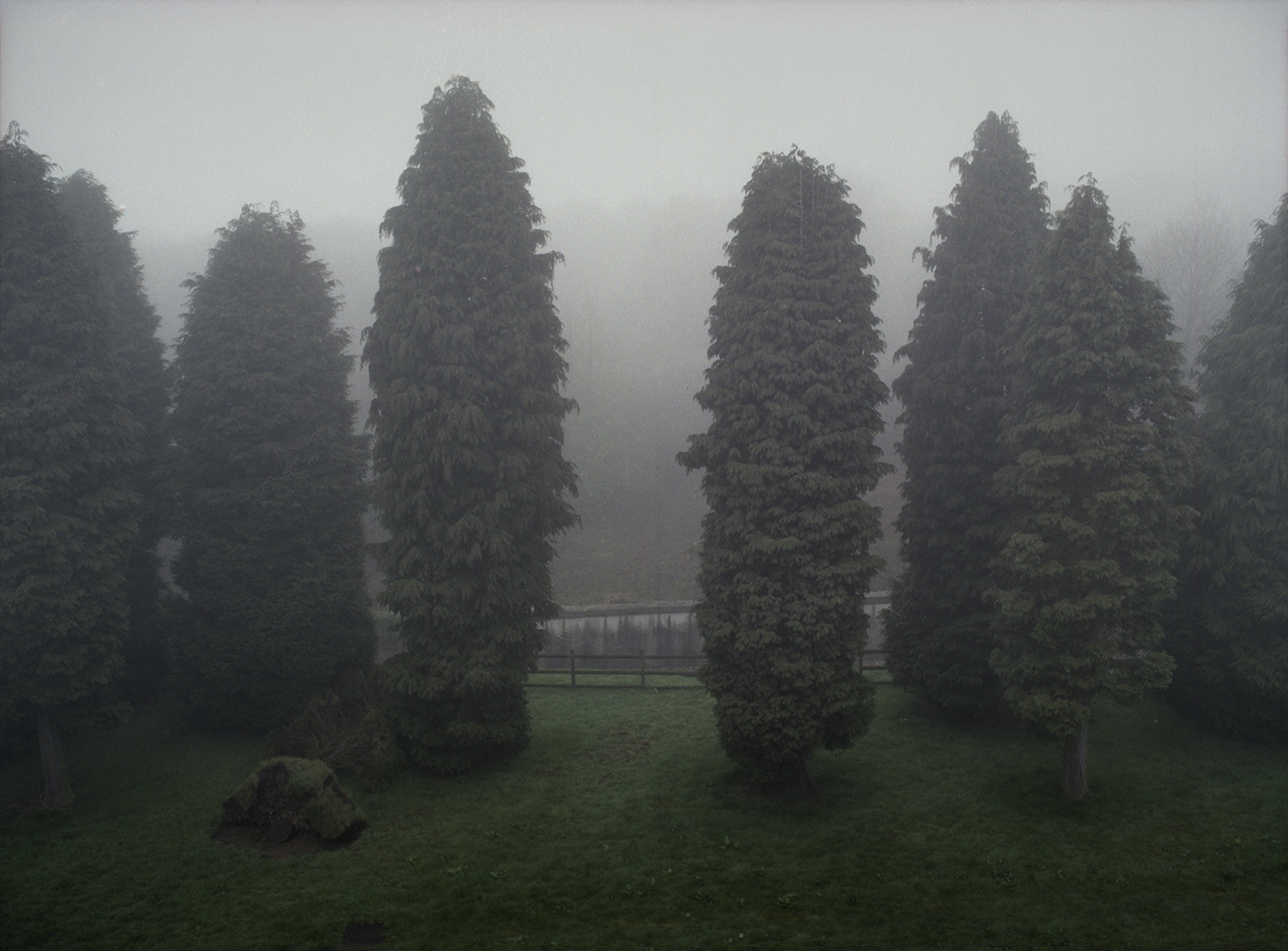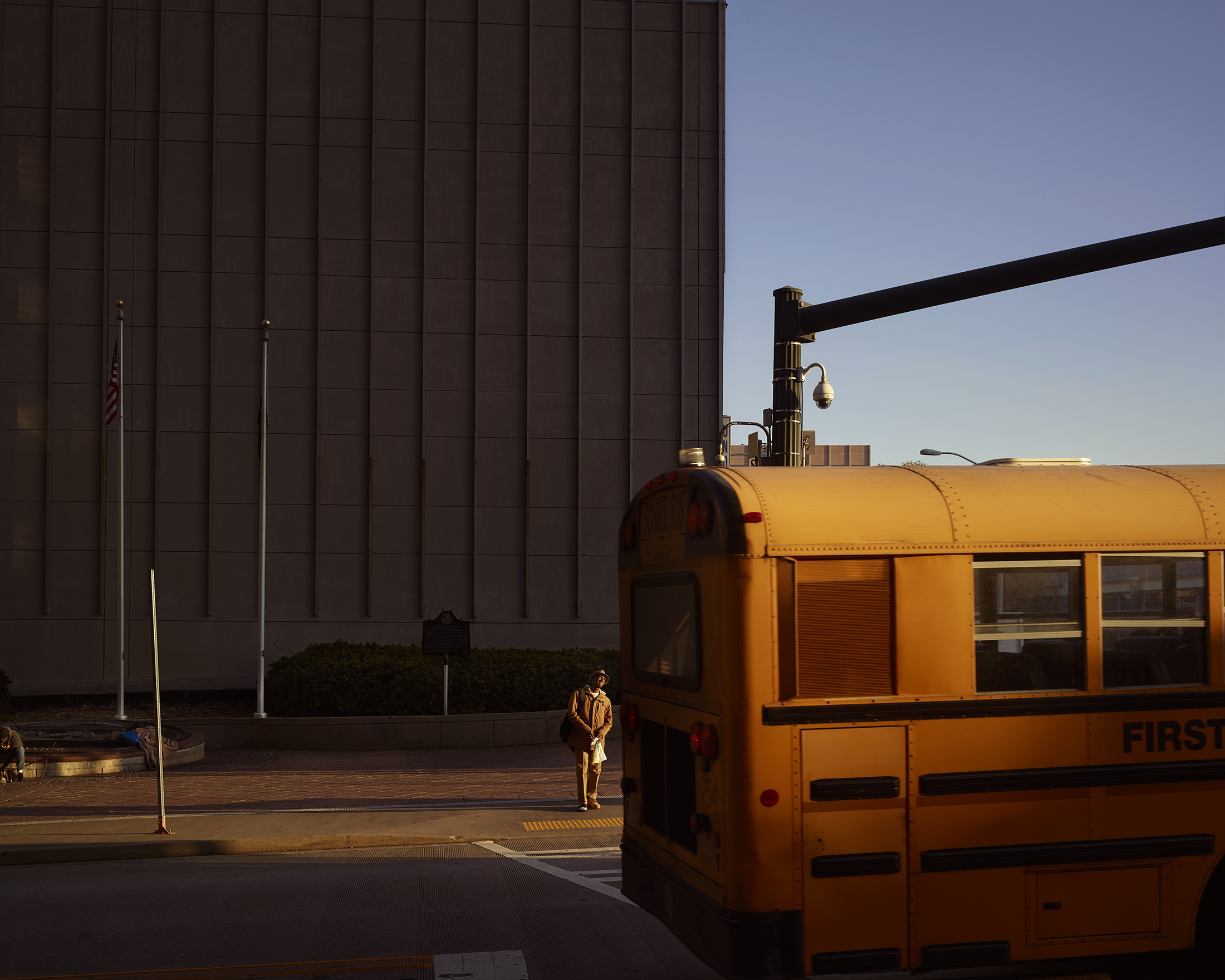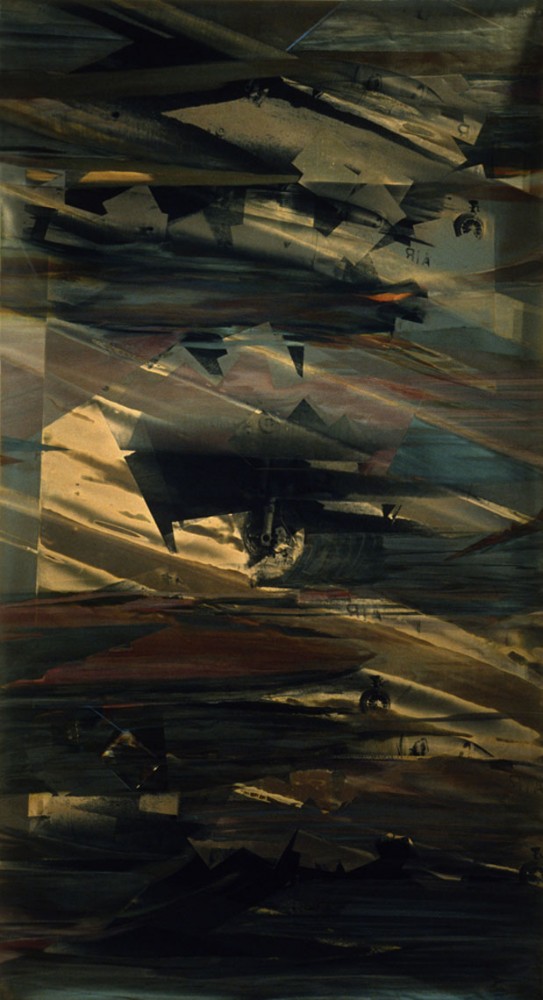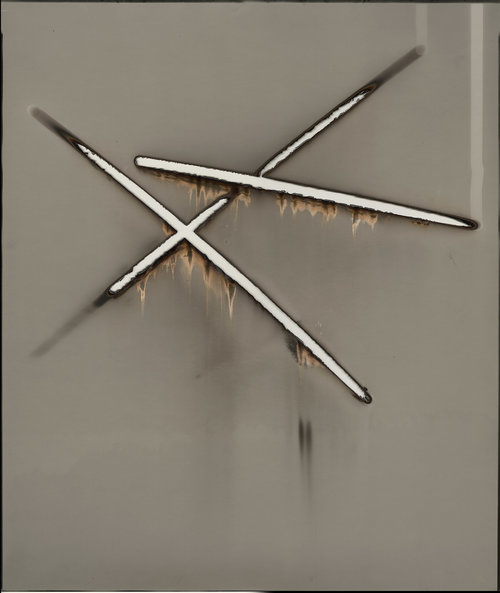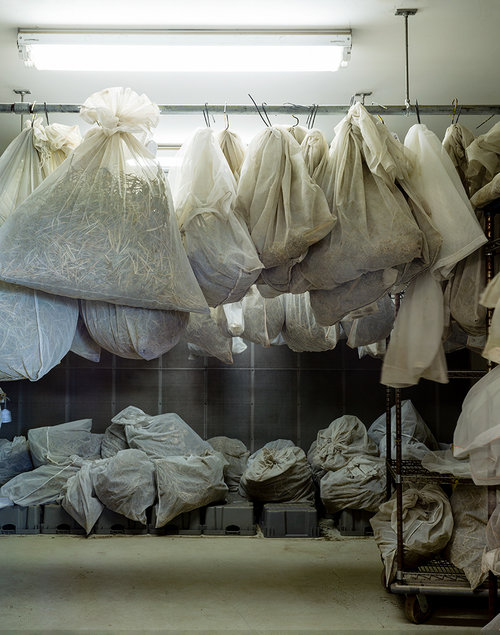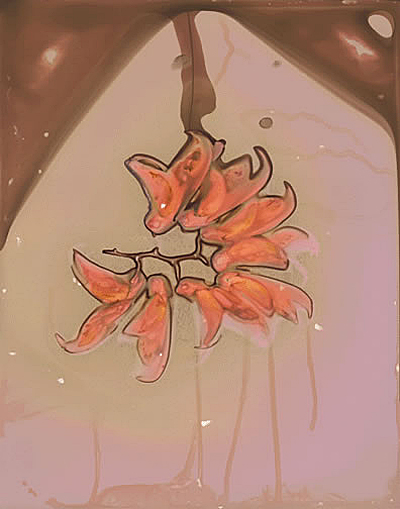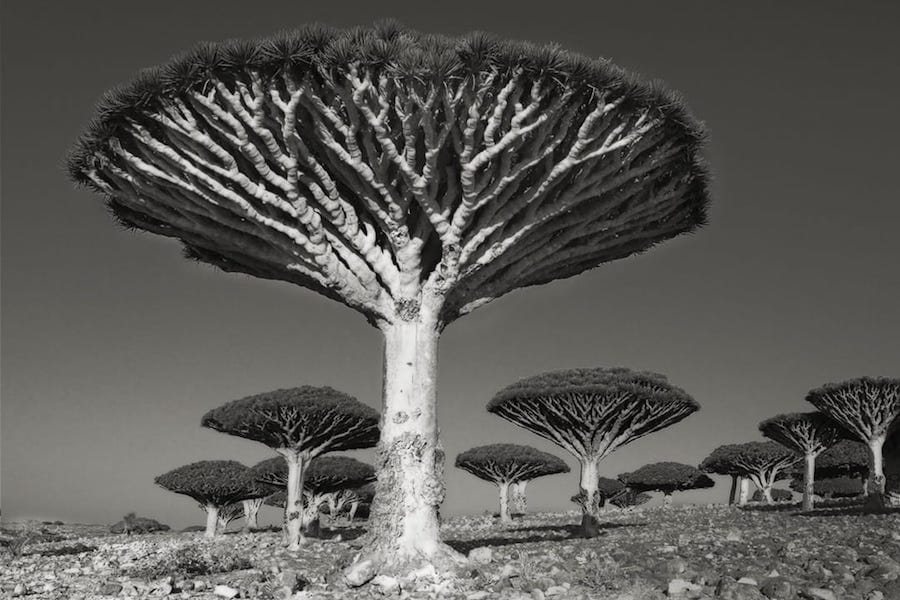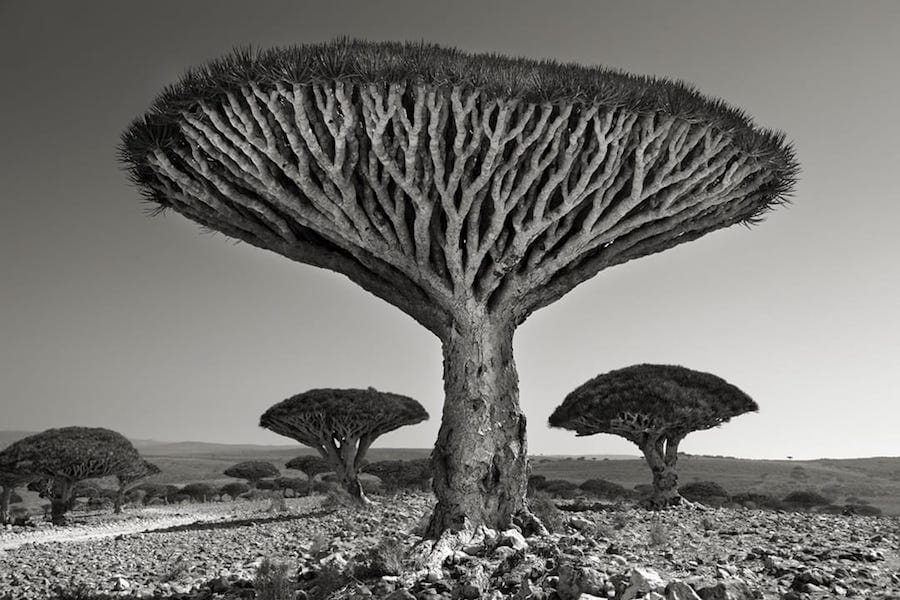Letha Wilson's work is part sculpture, part photography, and I love how each plays just as important a role in her pieces.
Ibarionex Perello
When looking for photographic inspiration, I rarely used to turn to street photography. Not because I dislike or disliked the genre, as a viewer, but mostly because I'm not attracted to making those kinds of images, so I (to my detriment) tended to not seek out those images.
Ibarionex Perello puts out a podcast, titled The Candid Frame, and I've been a listener for years and years. When I first started listening, circa 2008 (the podcast has run since February 2006), it seemed like nearly all of his guests were street photographers, or portrait photographers, and I let my disinterest in making street photography or portraits get in the way and I skipped so many of those early episodes. But eventually I got over myself, and regularly turn to Ibarionex and other street photographers, either actively, or passively, and for the past seven or eight years haven't missed an episode.
Ibarionex is one of the best interviewers I've known, up there with the likes of Charlie Rose. Each episode is so inspiring and it's great to learn from all of the wonderful artists he has on the show.
But, enough about the podcast, and lets get into some photographs!
In addition to being a fantastic interviewer, Ibarionex makes excellent street and portrait photography. He talks a lot about gesture, and uses that element (something that took me a while to comprehend in the images where there aren't any people—I always connected gesture to sentient beings, mostly humans) masterfully to create impact within an image.
Ibarionex has such wonderful sensitivity to light and shadow, and attention to shape, and line.
Ibarionex is quite a prolific photographer and has enough images to keep you busy for hours. Go check it all out on his website, and subscribe to The Candid Frame podcast while you're at it, and then follow him on Instagram!
Bill Wadman
A few weeks ago, I mentioned the podcast On Taking Pictures in my post on Jeffery Saddoris. Bill Wadman, was the other host of that podcast, and is the subject of today's post.
Bill is a portrait photographer, and makes truly excellent work. His Motion body of work is my favorite, having a personal history in ballet. Instead of freezing the dancers in motion, he photographed them in a way that captures their whole movement, blurring their arms, and legs, and bodies, and the images are just lovely.
Ryan Parker
Ryan Parker's Hinterland series explores the intermediate zones between the altered and natural landscape: distribution centers, storage complexes, real estate developments, gravel pits. These images bring to our attention and elevate those scenes we see so often yet disregard as unimportant, and by so doing makes us confront our role in the disappearances of so much of the natural landscape in order to satiate society's hunger for "bigger" and "better" and our need to have more and have it now.
Rebecca Sexton Larson
This one is for the photo historians/family historians/found photograph enthusiasts. Rebecca Sexton Larson's work has a foot in just about every aspect of the medium of photography, as well as other artistic media. Rebecca uses pinhole cameras, the bromoil process, salt prints, found photographs (which she alters), digital negatives, and hand-painting techniques to create images that range from whimsical, to surreal, to sublime.
Scott B. Davis
Scott B. Davis's recent work pushes landscape photography and the platinum/palladium process in very intriguing ways. He carefully and meticulously creates panoramic diptychs in camera, making pairs of paper negatives and film-based platinum/palladium prints.
Scott has a unique talent in exploiting the view camera's property of displaying the world upside down and backwards; instead of re-inverting the image shown on the ground glass, he composes the image as if it's already oriented correctly, and then further expands the composition by exactly matching horizon lines to create a new panorama. In these images, details aren't important—light and shadow are. The images aren't so much about the land or landscape as they are about space and abstraction.
Scott has a book coming out soon by Radius Books. You can purchase a copy here.
Karen Klinedinst
These images are photographs! Not paintings from one of the Hudson River School of painters! And I really love the painterly style in Karen Klinedinst’s body of work, The Emotional Landscape.
It’s worth checking out the rest of Karen’s work on her website.
Al Brydon
Al Brydon’s work has some really great mood and atmosphere.
When I first saw his work, it was like a light lit up in my head. Viewing his work has given me new permissions in my own work that I’d never really had, or known existed before.
View more of Al’s work on his website.
Teresa Meier
Love at fist sight is how I would describe my feeling when I first came across Teresa Meier’s work.
I love the stories her work tells!
Awakening
Hubris and Hamartia—Allies and Enemies
Flight
Waiting
Waiting recently won the Juror’s award in the Fictional Narrative exhibition at the Photo Place gallery in Vermont opening up December 6, and will be up until January 5. Waiting and Hubris and Hamartia also can both be seen at the Portland Art Museum Rental Sales Gallery.
If you can’t see her work in person at either gallery, grab your favorite beverage and go check out her website!
Robert & Shana ParkeHarrison
I’ve been a long-time admirer of the husband and wife duo Robert and Shana ParkeHarrison.
They’re work is conceptual, and centers around the “Every Man,” who interacts with the landscape and works tirelessly to repair the damage done by man’s insatiable desire for expansion and advancement.
Diana Bloomfield
I came across Diana Bloomfield on Instagram earlier this year, and have been quite fond of her work ever since.
For Diana, photographs and memories are inseparable. She often works with gum bichromate, as the process and it’s resulting softness add to the feeling of the photograph’s relationship to memory.
During this year, Diana has been working on creating a piece of art every day, and as part of that project, she has been photographing flowers from her garden, and I love these botanical portraits.
View more of Diana’s fabulous work on her website, and check out her Instagram feed!
Oli Kellett
I recently came to know about Oli Kellett through Jeffery Saddoris’s podcast, Process Driven (you can listen to that episode here).
Oli is a British street photographer who travels to the US to photograph. Each trip lasts 10 days, and are full of image making.
I really like his style. It’s not really what I think of when I hear “street photography,” and I think that’s why I like his work so much.
Oli somehow manages to capture just one person (or a few) in some of the largest cities in America, and that makes the city seem even more vast, like that person is being swallowed up by the brick, concrete, and pavement.
Susan Rankaitis
Susan Rankaitis has some beautiful work. She began as a painter, the sciences have been an influence on her work.
See more of her work on her website.
Marion Belanger
I came across Marion Belanger’s work some time ago, and I really like her aesthetic.
View more of Marion’s fantastic work on her website.
Chris McCaw
Chris McCaw has some really great work. His long exposures allow the sun to literally burn a trail into the paper loaded in the camera.
Visit his website to view more of his work.
Dornith Doherty
Dornith Doherty was given access to several seed banks across the world and, using the on-site x-ray equipment gathers images and then arranges them into collages. She also was able to photograph the facilities where these seeds are preserved.
Millennium Seed Bank Research Seedlings and Lochner-Stuppy Test Garden no. 2
Columbian Exchange I
Columbian Exchange III
Entry Tunnel, Svalbard Global Seed Vault
Collection of Drying Plant Genetic Researches, Geneva, New York
Millenium Seed Bank Vault Interior, England
View more of her Archiving Eden work and so much more over at her website.
Mary Sloane
Mary Sloane has some interesting work of dilapidated billboards along highways in the American Southwest.
There's something I really love about Mary's aesthetic and the bland, bleak landscapes in which these billboards reside.
Check out more of Mary's work at marycsloane.com
Jerry Burchfield
I would be remiss if I didn't include a post about the late Jerry Burchfield here on 52 Photographers. I can only think of two or three other people who have had such a strong and lasting influence on me as an artist.
I first discovered Burchfield in 2005. I was researching presenters for the National Conference of the Society for Photographic Education held in Portland, Oregon. I was in the middle of completing my BFA project, which dealt with public parks. One of the lectures given was about the transformation of the El Toro Marine Corps Air Station, which closed in 1999, into a park and residential use. Burchfield, Mark Chamberlain and four other photographers embarked on the Legacy Project (you can see the project's website here), photographing and documenting the transformation of the land from air field to public park. My research led me Burchfield's lumen prints, a term he coined. Before then, I (along with the vast majority of the photographic community) was oblivious to the existence of such a thing as a lumen print. At least, as known by that name. The lumen print, which is really a variation of the photogram, has it's roots in the photogenic drawings William Henry Fox Talbot did in the mid-1830's. Anna Atkins followed in Talbot's footsteps, publishing her book Photographs of British Algae: Cyanotype Impressions, which is considered to be the first book illustrated by photographs. Then the photogram process (though still not known by that term) became popular in Europe in a post-World War 1 art movement. First Christian Schad, a German, experimented with the process, humbly (note the sarcasm) naming his works Schadographs, then Man Ray made similar images, and named his works Rayographs. Then the Hungarian Laszlo Moholy-Nagy produced his own work, and named the process the Photogram, which is still in use today.
For over 7 years, Burchfield traveled to the Amazon to make his lumen prints on-site, on the deck of a boat. His aim was to "create images that are free of inherent bias and commentary while still expressing ecological concerns by drawing attention to the beauty of the place."
I was stunned at the beauty of Burchfield's images, and even further stunned when I learned how simple the lumen process is, and that the different colors came from black and white photographic materials!
I learned only a few years ago that Burchfield passed away in 2009 from colon cancer, but his legacy still lives on, and his influence on my work is still greatly felt today.
Beth Moon
"Time is the shape of an old oak as the winds caress and sculpt the bark, defining the hardship and beauty. Time is the trunk that splits apart in great age to accommodate the tempest. Evidence of time is revealed in the furrowed bark of an ancient tree, gnarled, crooked, and beautiful," says Beth Moon in her artist statement for her body of work titled Portraits of Time. Trees are a great subject to use to define time, and Beth's photographs in Portraits of Time are sublime. From ancient Baobab trees that can live to be over 2000 years old (The Panke Baobab in Zimbabwe died in 2011 and was around 2500 years old), to giant oak trees, to towering cedars, these photographs show the majesty and awe of some of the organisms that grow on this planet.
Her body of work, Island of the Dragon's Blood does much the same thing, focusing on the dragon's blood trees (a name given by the scarlet colored resin that flows through them) and other flora of Socotra, an island in the Arabian Sea.
Beth has some really great work, which you can see on her website.
Maggie Taylor
I just love the digital composites of Maggie Taylor. They’re all so playful and whimsical! Especially her two bodies of work that illustrate Lewis Carroll's Alice's Adventures in Wonderland, and Through the Looking Glass.
It’s Always Tea Time
Explain Yourself
All The Better
Beware The Jabberwock
The Same Story
Night Watch
Here’s a video that provides some great context and behind the scenes looks at her process.
To see more of Maggie’s work, visit her website.






